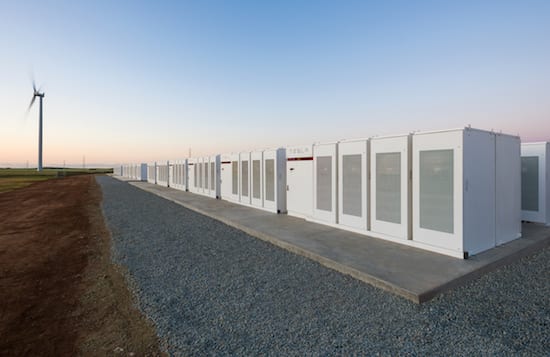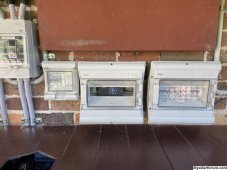DIYrich
Solar Wizard
You can, you just may not be doing so yet.
Grid batteries are playing an important an ever increasing role in maintaining the stability of the grid in Australia. Along with syncons, they have pretty much replaced gas peakers from their role in the frequency control and ancillary services (FCAS) market. Indeed the ability of grid batteries to perform this task is superior as they are able to respond orders of magnitude more quickly (in microseconds vs handfuls of seconds to minutes). The rate these things are being installed here is astonishing.
That is not dispatching green energy. That is grid storage (the option 3 - bulk storage that I mentioned).

Big Battery Storage Map of Australia
This Big Battery Storage Map of Australia includes all big battery projects of 10MW or 10MWh and above. “Operating” includes those projects currently working; “Construction” means those…reneweconomy.com.au
Hydro is highly dispatch-able renewable energy but the availability of hydro (and pumped hydro) is highly location dependent.
Most hydro that is economical has already been built. Some hyrdo is being removed because of the environmental effects. Some hydro has limited dispatch ability (river still has to run, silting problems if you slow down the river too much, etc.).
We have some large pumped hydro plants under construction which will also play a key role.
Pump storage is bulk storage, not green energy.
Assuming you have gas peaking plants available.Until all necessary capacity is in place then gas will fill the gaps.




